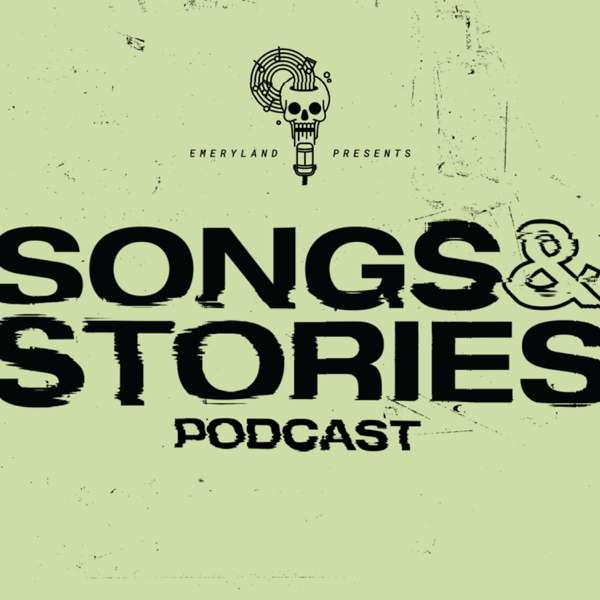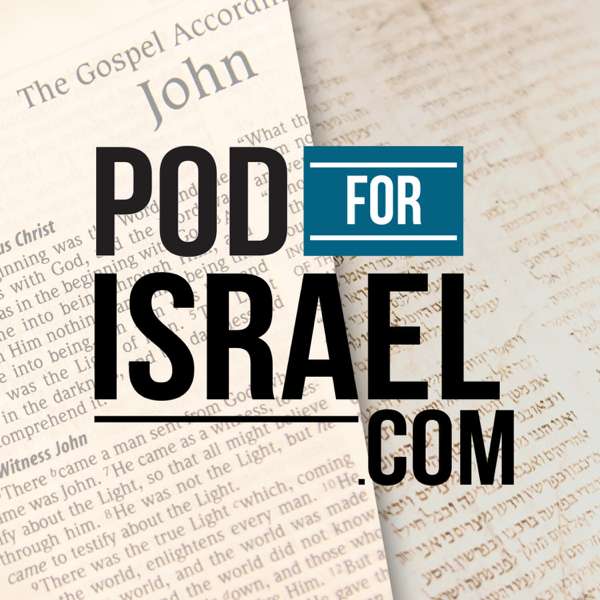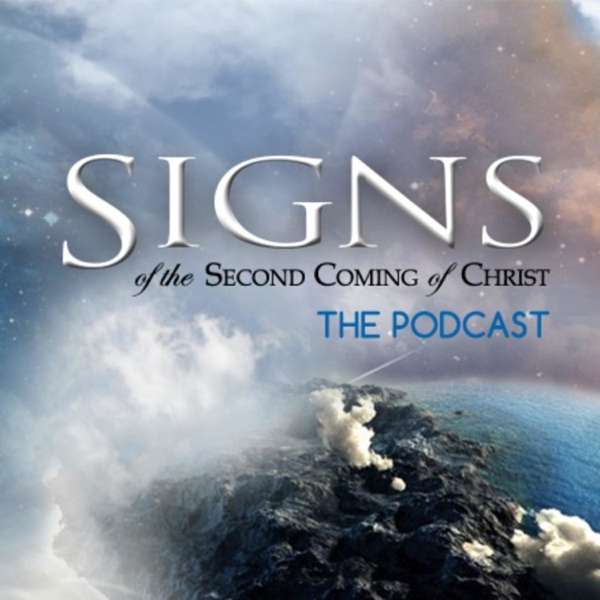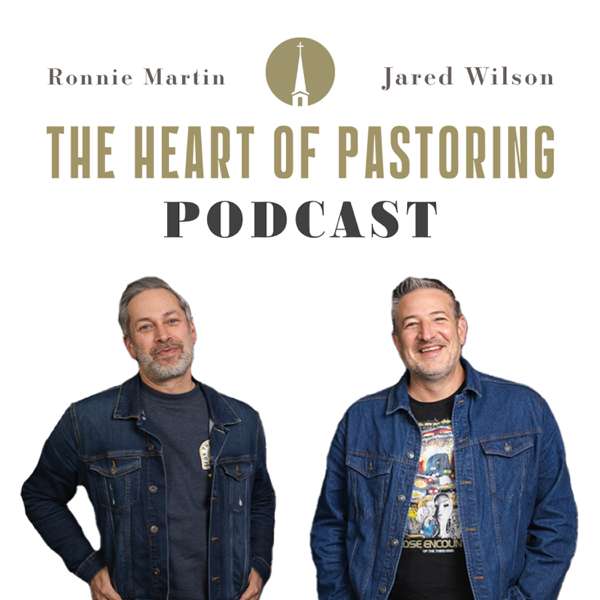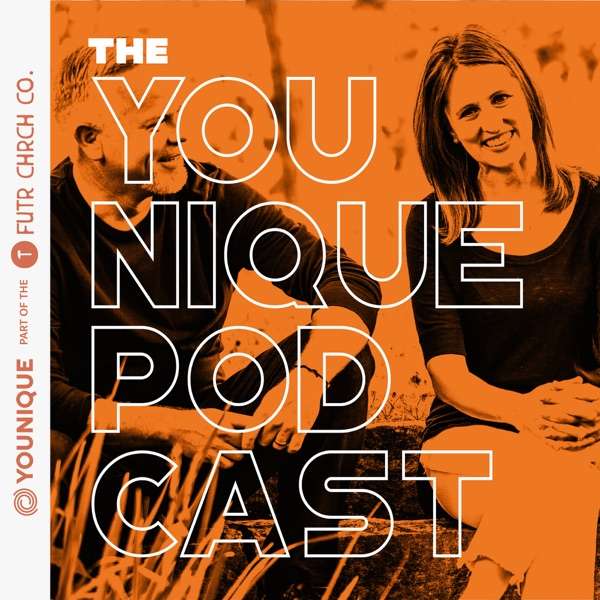Former UCLA professor Dr. Bill Creasy has been called a “bible teacher extraordinaire.” For over twenty years, Dr. Creasy was consistently ranked among the top 2% of all UCLA teaching faculty. His podcasts approach the Bible with spiritual warmth, intellectual rigor, sharp wit and engaging humor. Over 100,000 people have attended Dr. Creasy’s live classes throughout southern California, and globally thousands more have followed his teaching through his online classroom at logosbiblestudy.com
- Home
- Top Charts
- Top Networks
- Top Apps
- Top Independents
- Top Podfluencers
- Top Picks
- Top Business Podcasts
- Top True Crime Podcasts
- Top Finance Podcasts
- Top Comedy Podcasts
- Top Music Podcasts
- Top Womens Podcasts
- Top Kids Podcasts
- Top Sports Podcasts
- Top News Podcasts
- Top Tech Podcasts
- Top Crypto Podcasts
- Top Entrepreneurial Podcasts
- Top Fantasy Sports Podcasts
- Top Political Podcasts
- Top Science Podcasts
- Top Self Help Podcasts
- Top Sports Betting Podcasts
- Top Stocks Podcasts
- Podcast News
- About Us
- Podcast Advertising
- Contact

 Our TOPPODCAST Picks
Our TOPPODCAST Picks  Stay Connected
Stay Connected


